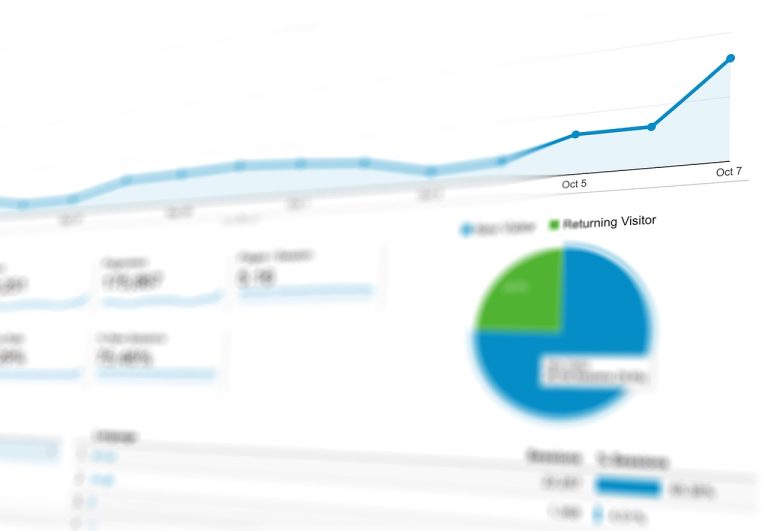Introduction
Data is often called the new oil, powering decisions and innovations across industries. From businesses optimizing their operations to researchers uncovering new insights, data analysis has become an indispensable skill in the digital age. This guide will walk you through the foundational concepts, tools, and techniques you need to start your journey as a data analyst.
Why Learn Data Analysis?
The importance of data analysis is growing, and here’s why you should consider mastering this skill:
- High Demand: Data analysts are highly sought after in industries like finance, healthcare, marketing, and technology.
- Informed Decision-Making: Data analysis enables individuals and organizations to make evidence-based decisions.
- Versatility: The skills you learn are transferable across multiple disciplines.
- Problem-Solving: Analyzing data helps you identify trends, uncover patterns, and solve complex problems.
Key Concepts in Data Analysis
1. Types of Data
Understanding the types of data is crucial for analysis:
- Quantitative Data: Numerical data, such as sales figures or temperatures.
- Qualitative Data: Descriptive data, such as customer feedback or interview transcripts.
2. Data Cleaning
Before analyzing, data needs to be cleaned to ensure accuracy. Key tasks include:
- Handling missing values.
- Removing duplicates.
- Standardizing formats (e.g., dates and currencies).
- Filtering out irrelevant data.
3. Descriptive Statistics
Descriptive statistics summarize data to make it easier to understand:
- Measures of Central Tendency: Mean, median, and mode.
- Measures of Dispersion: Range, variance, and standard deviation.
4. Data Visualization
Visualizing data helps to communicate findings effectively. Popular visualization types include:
- Bar Charts: For comparing categories.
- Line Charts: For trends over time.
- Pie Charts: For proportions.
- Heatmaps: For identifying patterns in complex data.
Essential Tools for Data Analysis
1. Spreadsheet Software
- Microsoft Excel: A versatile tool for data organization, cleaning, and analysis.
- Google Sheets: Collaborative and cloud-based, ideal for simple data analysis.
2. Programming Languages
- Python: Widely used for data manipulation, statistical analysis, and machine learning.
- R: A favorite among statisticians for advanced data analysis and visualization.
3. Data Visualization Tools
- Tableau: User-friendly software for creating interactive dashboards.
- Power BI: Microsoft’s solution for business intelligence and visualization.
- Matplotlib/Seaborn: Python libraries for creating detailed charts.
4. Databases
- SQL (Structured Query Language): Essential for querying and managing relational databases.
- NoSQL Databases: For unstructured data, tools like MongoDB are useful.
Steps to Perform Data Analysis
Step 1: Define the Question
Every analysis starts with a clear question or problem statement. For example:
- “What factors influence customer retention?”
- “Which product category has the highest revenue growth?”
Step 2: Collect Data
Gather data from reliable sources, such as:
- Company databases.
- Public datasets (e.g., Kaggle, Open Data portals).
- Surveys and experiments.
Step 3: Clean the Data
Clean data ensures accurate results. Focus on:
- Removing outliers that could skew analysis.
- Filling in missing values using methods like mean substitution or predictive algorithms.
Step 4: Analyze the Data
Apply statistical and computational methods to derive insights:
- Use pivot tables in Excel for quick summaries.
- Perform regression analysis to understand relationships between variables.
- Use clustering algorithms to segment data.
Step 5: Visualize and Communicate Insights
Create charts, dashboards, or reports to present your findings. Tailor your presentation to your audience for maximum impact.
Techniques for Effective Data Analysis
1. Exploratory Data Analysis (EDA)
EDA is an initial investigation of data to discover patterns, spot anomalies, and test hypotheses. Key techniques include:
- Creating scatter plots to examine relationships.
- Using box plots to identify outliers.
- Calculating correlation coefficients.
2. Statistical Analysis
Statistical methods help you validate findings:
- Hypothesis Testing: Determine if your results are statistically significant.
- ANOVA (Analysis of Variance): Compare means across multiple groups.
- Time Series Analysis: Analyze trends over time.
3. Machine Learning Basics
For advanced analysis, machine learning techniques can help:
- Classification Algorithms: Predict categories (e.g., spam detection).
- Regression Models: Predict numerical outcomes (e.g., sales forecasting).
- Clustering: Group similar data points (e.g., customer segmentation).
Common Challenges and How to Overcome Them
1. Handling Missing Data
- Use techniques like imputation or removing affected rows.
- Collect better-quality data to minimize missing values in future analyses.
2. Dealing with Large Datasets
- Use tools like Python’s Pandas or SQL for efficient processing.
- Leverage cloud computing platforms (e.g., Google BigQuery, AWS).
3. Avoiding Bias
- Ensure diverse and representative data samples.
- Use unbiased algorithms and validate your models thoroughly.
Resources to Learn Data Analysis
Online Courses
- Coursera: Data Science Specialization by Johns Hopkins University.
- edX: Analytics for Decision Making by Babson College.
- DataCamp: Practical, hands-on courses in Python, R, and SQL.
Books
- “Python for Data Analysis” by Wes McKinney.
- “The Art of Data Science” by Roger D. Peng and Elizabeth Matsui.
- “Storytelling with Data” by Cole Nussbaumer Knaflic.
Communities and Forums
- Kaggle: Participate in competitions and access datasets.
- Stack Overflow: Ask and answer data analysis questions.
- Reddit (‘Data Science’): Engage with other learners and professionals.
Building a Portfolio in Data Analysis
Step 1: Work on Real Projects
- Analyze publicly available datasets (e.g., COVID-19 trends, stock market data).
- Create reports that solve specific problems, such as customer segmentation or sales optimization.
Step 2: Use Online Platforms
- Share your projects on GitHub.
- Publish insights on Medium or LinkedIn.
- Build a personal website to showcase your portfolio.
Step 3: Get Feedback
- Present your findings to peers or mentors.
- Incorporate constructive criticism to refine your skills.
Conclusion
Data analysis is a vital skill in today’s digital economy, opening doors to countless opportunities. By mastering the basics, leveraging the right tools, and continuously practicing, you can unlock valuable insights and make data-driven decisions. Whether you’re pursuing a career in analytics or enhancing your existing skill set, the journey to becoming proficient in data analysis is both rewarding and transformative. Start today and make the most of the limitless possibilities that data offers.
